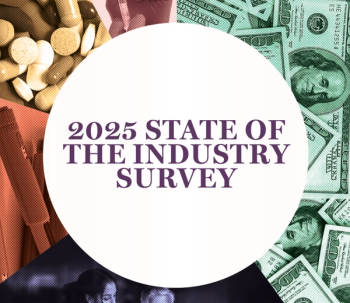
|Slideshows|February 18, 2019
- Managed Healthcare Executive February 2019 Issue
- Volume 29
- Issue 2
Managed Care Technology Survey 2019
We asked healthcare industry leaders to tell us about how their organizations are using technology-from big data to remote monitoring devices. Here’s what they said.
Advertisement
Articles in this issue
almost 7 years ago
The 4 Biggest New Areas to Focus on in 2019almost 7 years ago
The State of Biosimilars in 2019almost 7 years ago
How Three Hospitals Use Predictive Analytics to Reduce Readmissionsalmost 7 years ago
Four Trends Health Execs Need to Follow in 2019almost 7 years ago
Six Healthcare Technologies Coming in the Next 10 Yearsalmost 7 years ago
The Impact of Big Data on Medical Decisionsalmost 7 years ago
The Biggest Barrier to Home HealthcareNewsletter
Get the latest industry news, event updates, and more from Managed healthcare Executive.
Advertisement
Advertisement
Advertisement
Trending on Managed Healthcare Executive
1
The trend toward post-infusion outpatient care of patients treated with CAR-T | ASH 2025
2
Looking ahead: What the MHE 2025 State of the Industry survey tells us about 2026
3
Biosimilars in 2025: A year of firsts
4
Japanese study finds vitiligo has a strong impact on daily life and mental health
5





















































